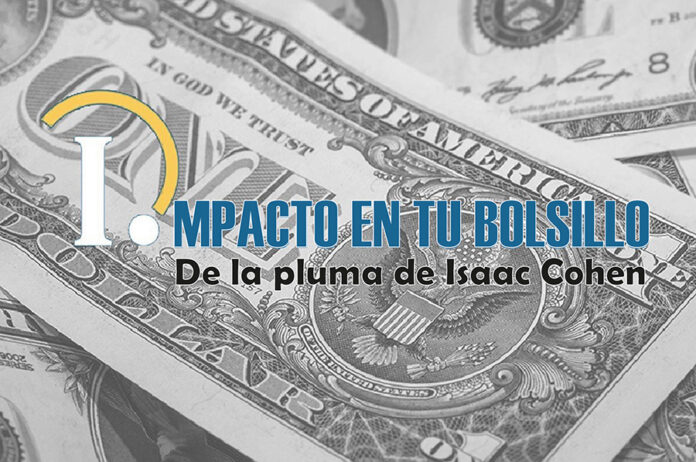It is outstanding how the US economic outlook has drastically changed, in less than a week, because of the announcement by President Donald Trump last Wednesday of tariffs against imports from all over the world. Before the announcement of the tariff increases, economic indicators were still pointing to a “soft landing,” with expected growth above 2 percent, declining inflation, and vigorous job creation. In March, 228,000 new jobs were created, well above the monthly average of 158,000 during the previous 12 months, with unemployment at 4.2 percent, from 4.1 percent in February.
However, the shock and awe caused by the imposition, on so-called “Liberation Day,” of the highest tariffs in more than a century, to protect what still is the largest market, was felt immediately in world stock markets. In the United States, several indexes fell more than 20 percent into contraction, with losses of more than $6 trillion in two days, in what became the worst week since the pandemic in 2020, while Asian markets plunged at the start on Monday. Other indicators also retreated, the dollar weakened against major currencies, even oil prices fell under $60 per barrel.
In a statement last Friday, central bank chair Jerome Powell described the economic effects of the larger than expected tariff increases: “higher inflation and slower growth.”
Speech by Chair Powell on the economic outlook Federal Reserve Board
*International analyst and consultant, former Director ECLAC Washington. Commentator on economic and financial issues for CNN en Español TV and radio, UNIVISION, TELEMUNDO and other media.







